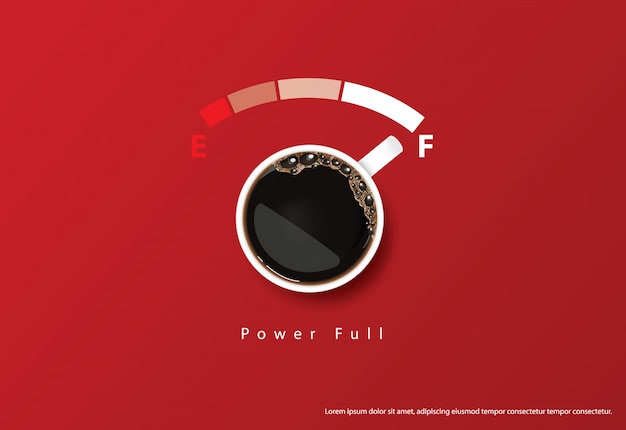Audrey Hepburn is the lady actor that has the galaxy bar in the bus
2) Why did Galaxy select Audrey Hepburn for this advert?
galaxy has selected Audrey Hepburn because she is a well know actor in Britain which anchor some of her views very quickly
3) What are the connotations of Audrey Hepburn and celebrity in this advert?
the connotation I can see about a soft girl that is taking advantage of this problem as she controls the man mind with her pretty face to be her own chauffeur as she enjoys this soft chocolate in the amazing scenery
4) Why is the advert set in the 1950s? What audience pleasure does this provide?
the advert was set in the 1950s just after the war ended so men might be happy because to see a well-known actor Audrey Hepburn
5) What is intertextuality?
"The relationship between texts, especially literary ones".(Audrey Hepburn in Italy suggesting her movie Roman Holiday)
6) What Audrey Hepburn film is suggested in this advert and how is this effect created (e.g. mise-en-scene - CLAMPS: costume, lighting, actors, make-up, props, setting)?
The costumes suggest 1950s clothes as its shown as being very lacy
lighting-we can see that there is natural lighting from the sun
actors- Audrey Hepburn
makeup- Audrey Hepburn is wearing lots of makeup which was common for ladies in the 1950s
props-bus, car, chocolate bar, bus divers hat, bull, fruits and add ons
setting Italy
7) Which of Propp's character types are represented in the advert? (Note: you will not find them all).
- The Hero. the man in the car.
- The Villain the man with the bull
- The Princess. Audrey Hepburn
8) How does the advert's narrative (story) follow Todorov's theory of equilibrium?
The disequilibrium was at the start when the bus was stopped by fallen fruits. The equilibrium was restored when Audrey accepted a car ride from a supposedly handsome stranger
9) What representations of gender can you find in this advert?
Andrey sitting in the car being driven around enjoying chocolate as the man being the ones to save the day.
10) Are stereotypes reinforced or subverted in the Galaxy advert? Give examples.
the stereotypes are that the men do all the jobs while the women just sit there eg when Audry enjoys her chocolate bar and the man is driving







